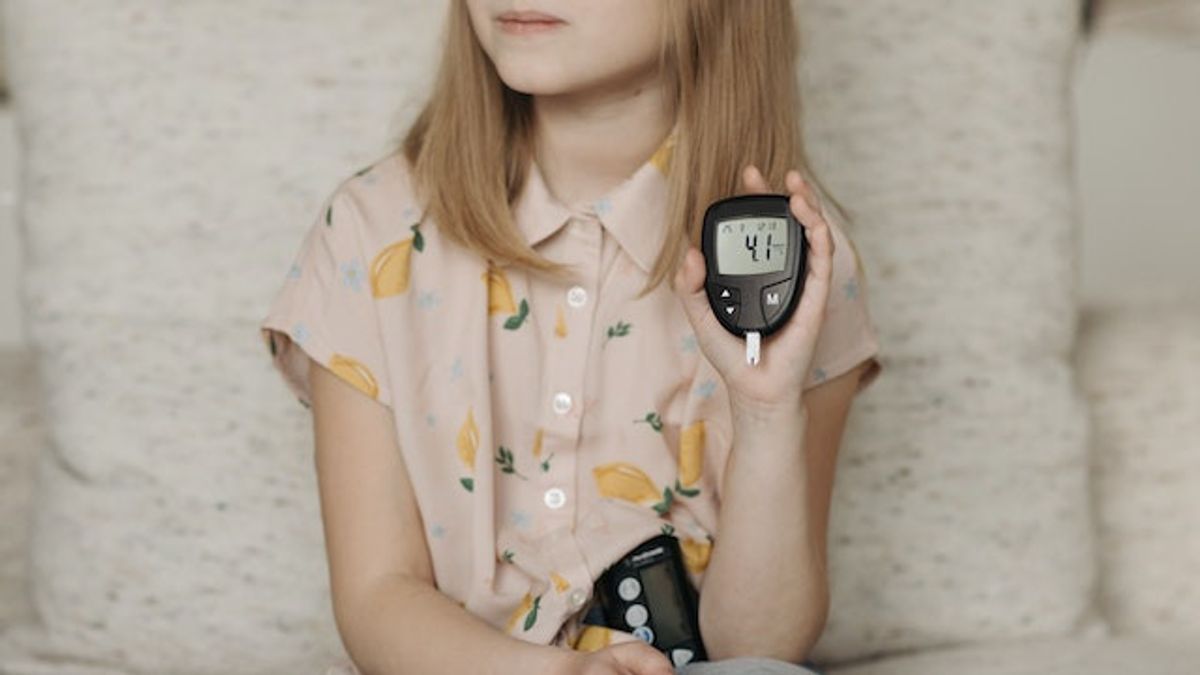JAKARTA - The prevalence of type-1 diabetes mellitus cases in children has increased by 70 times from 2010 to 2023.
In 2010 the prevalence of diabetes mellitus cases against children in Indonesia was only 0.028 per 100 thousand people. Then, in 2023 the prevalence of diabetes mellitus cases will be 2 per 100 thousand people.
Professor of the University of Indonesia, Faculty of Medicine for Child Health Sciences, Prof. Dr. dr. Aman Bhakti Pulungan, Sp.A, FAAP, FRCPI revealed several characteristics that could indicate that children had diabetes.
"There are still many parents who are not aware that diabetes can also attack children, they think this is only a hereditary disease, even though diabetes can attack anyone," Aman said as quoted by ANTARA, Wednesday, March 29. Here are three characteristics of children suffering from diabetes.
Staying eating and drinking There are several characteristics that can indicate that children have diabetes, Safe, who is also a Pediatrician, said that when children eat and drink a lot, it can be an indicator.
Children with diabetes will feel hungry and persistent even though they have just finished eating and drinking. This hunger is driven by inadequate amounts of insulin so that sugar cannot be processed into energy.
The thirst experienced is not just a sensation, but is caused by the inability of the body to produce insulin hormones so that the body is dehydrated.
"The signs of diabetes eat a lot, drink a lot, urinate a lot, lose weight, and are weak or sluggish," he said.
The persistent thirst causes the child to always drink, but is not balanced with the body's ability to absorb fluids properly.
Often urinating while saying, children with diabetes will urinate more often than at normal frequencies, especially at night.
"If previously the child was not 'ngompol' then 'ngomopol' again, the first thing we can think about is diabetes, any age of the child can 'ngombol' because of this," he added.
Weight loss drastically While drastic weight loss in 2-6 weeks can also be an indication of a child with diabetes.
Even though they often eat, the child's body does not get fatter, but tends to lose a significant amount of weight.
This is due to the body's inability to absorb blood sugar in the body, causing muscle and fat tissues to shrink.
"In addition, a number of locations in the body of diabetic children will experience nigricans, or look blackish, such as on the neck, armpits, to the fingers," said Aman.
The English, Chinese, Japanese, Arabic, and French versions are automatically generated by the AI. So there may still be inaccuracies in translating, please always see Indonesian as our main language. (system supported by DigitalSiber.id)













